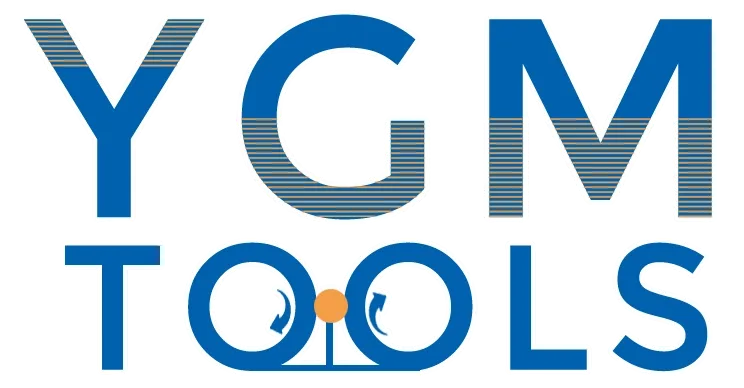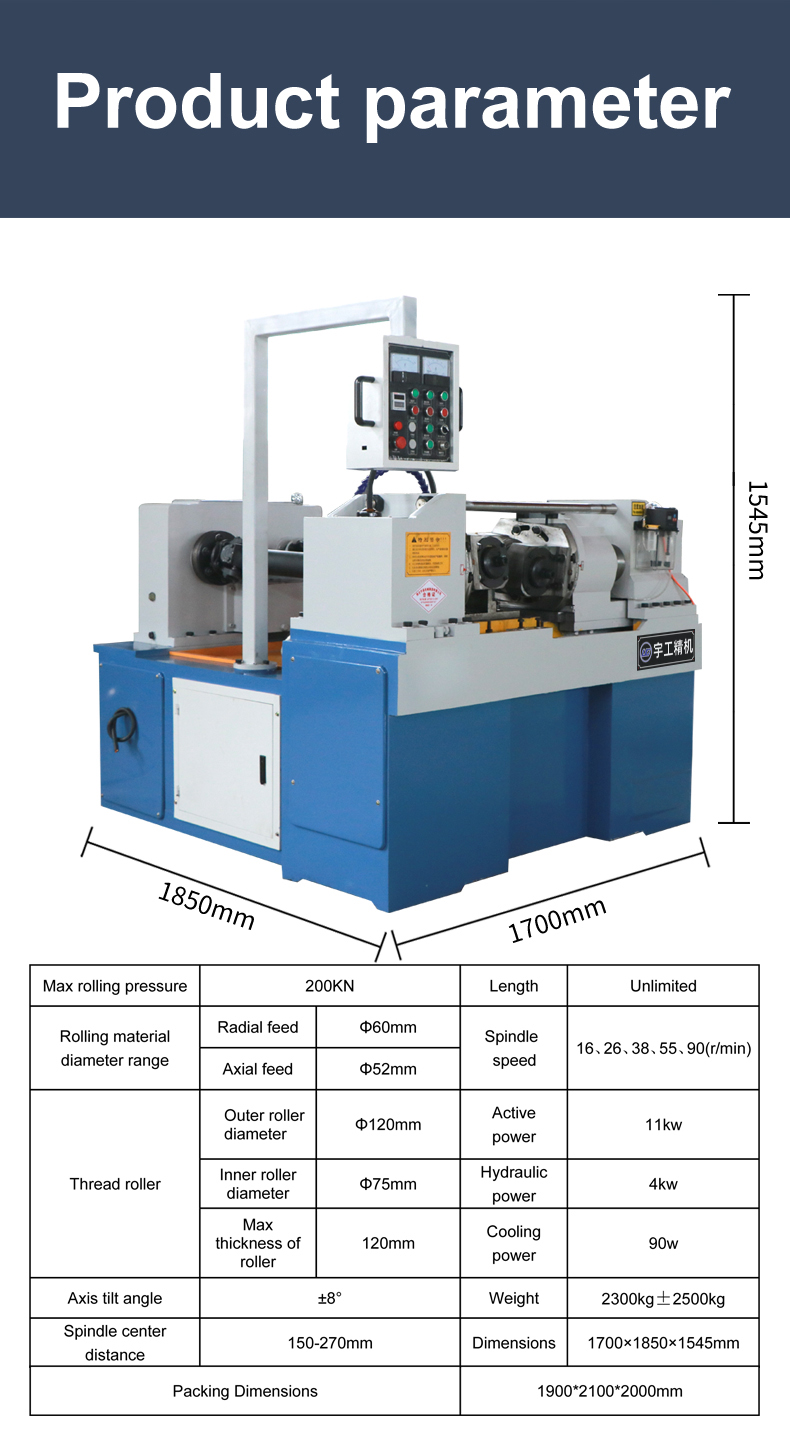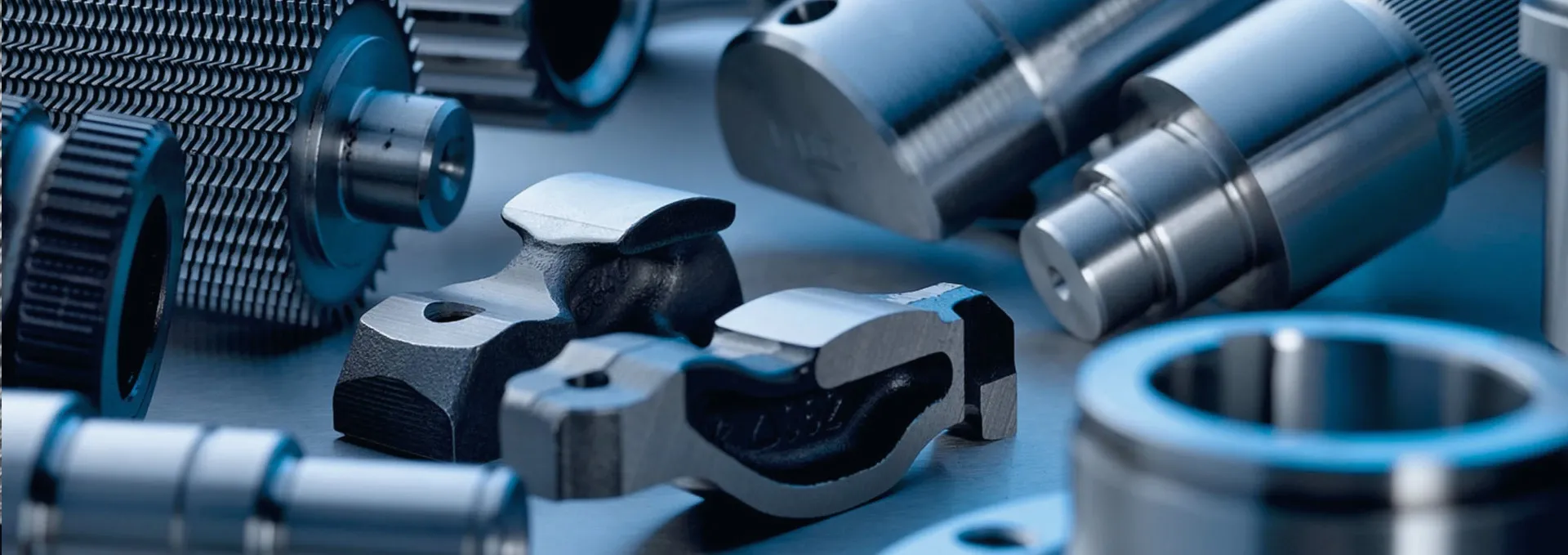
-
 Afrikaans
Afrikaans -
 Albanian
Albanian -
 Amharic
Amharic -
 Arabic
Arabic -
 Armenian
Armenian -
 Azerbaijani
Azerbaijani -
 Basque
Basque -
 Belarusian
Belarusian -
 Bengali
Bengali -
 Bosnian
Bosnian -
 Bulgarian
Bulgarian -
 Catalan
Catalan -
 Cebuano
Cebuano -
 Corsican
Corsican -
 Croatian
Croatian -
 Czech
Czech -
 Danish
Danish -
 Dutch
Dutch -
 English
English -
 Esperanto
Esperanto -
 Estonian
Estonian -
 Finnish
Finnish -
 French
French -
 Frisian
Frisian -
 Galician
Galician -
 Georgian
Georgian -
 German
German -
 Greek
Greek -
 Gujarati
Gujarati -
 Haitian Creole
Haitian Creole -
 hausa
hausa -
 hawaiian
hawaiian -
 Hebrew
Hebrew -
 Hindi
Hindi -
 Miao
Miao -
 Hungarian
Hungarian -
 Icelandic
Icelandic -
 igbo
igbo -
 Indonesian
Indonesian -
 irish
irish -
 Italian
Italian -
 Japanese
Japanese -
 Javanese
Javanese -
 Kannada
Kannada -
 kazakh
kazakh -
 Khmer
Khmer -
 Rwandese
Rwandese -
 Korean
Korean -
 Kurdish
Kurdish -
 Kyrgyz
Kyrgyz -
 Lao
Lao -
 Latin
Latin -
 Latvian
Latvian -
 Lithuanian
Lithuanian -
 Luxembourgish
Luxembourgish -
 Macedonian
Macedonian -
 Malgashi
Malgashi -
 Malay
Malay -
 Malayalam
Malayalam -
 Maltese
Maltese -
 Maori
Maori -
 Marathi
Marathi -
 Mongolian
Mongolian -
 Myanmar
Myanmar -
 Nepali
Nepali -
 Norwegian
Norwegian -
 Norwegian
Norwegian -
 Occitan
Occitan -
 Pashto
Pashto -
 Persian
Persian -
 Polish
Polish -
 Portuguese
Portuguese -
 Punjabi
Punjabi -
 Romanian
Romanian -
 Russian
Russian -
 Samoan
Samoan -
 Scottish Gaelic
Scottish Gaelic -
 Serbian
Serbian -
 Sesotho
Sesotho -
 Shona
Shona -
 Sindhi
Sindhi -
 Sinhala
Sinhala -
 Slovak
Slovak -
 Slovenian
Slovenian -
 Somali
Somali -
 Spanish
Spanish -
 Sundanese
Sundanese -
 Swahili
Swahili -
 Swedish
Swedish -
 Tagalog
Tagalog -
 Tajik
Tajik -
 Tamil
Tamil -
 Tatar
Tatar -
 Telugu
Telugu -
 Thai
Thai -
 Turkish
Turkish -
 Turkmen
Turkmen -
 Ukrainian
Ukrainian -
 Urdu
Urdu -
 Uighur
Uighur -
 Uzbek
Uzbek -
 Vietnamese
Vietnamese -
 Welsh
Welsh -
 Bantu
Bantu -
 Yiddish
Yiddish -
 Yoruba
Yoruba -
 Zulu
Zulu
Comprehensive Guide to Various Types of Thread Rolling and Their Pricing Options
Understanding Types of Thread Rolling and Their Price Lists
Thread rolling is an essential manufacturing process used to create threads on metal workpieces, offering several advantages over traditional methods such as cutting or grinding. This process utilizes a pair of dies that deform the material to form threads, providing a strong, precise, and high-quality finish. As companies strive for efficiency and cost-effectiveness, understanding the different types of thread rolling methods and their corresponding price lists can greatly influence manufacturing decisions.
Types of Thread Rolling
1. Flat Die Thread Rolling This method employs flat dies to create threads on cylindrical workpieces. The workpiece is rotated while being fed between two flat dies that exert pressure to form the thread profile. Flat die rolling is generally used for producing external threads on small to medium-sized bolts and screws.
2. Round Die Thread Rolling Round die rolling involves the use of cylindrical dies that create threads by rolling the workpiece against them. This technique is often used for larger components and is known for producing deep threads and achieving high dimensional accuracy. It is commonly used in industries where strength and performance are critical, such as aerospace and automotive.
3. Cross Rolling In cross rolling, the workpiece is rolled between two dies that are oriented at an angle to each other. This method is known for producing highly precise threads for specialty applications. Due to its complex setup, cross rolling can be more expensive but is often justified by the critical nature of the components it produces.
4. Thread Rolling Machines These machines can vary in complexity, from simple manual models to fully automated systems. The choice of machine affects both the production capacity and the precision of the threads produced. Investments in advanced machines can lead to lower long-term costs through increased efficiency and reduced scrap rates.
Considerations for Pricing
types of thread rolling pricelist

When analyzing the price lists for different types of thread rolling processes, several factors come into play
- Material Costs The type of material being threaded can significantly affect the price. Harder metals may require specialized tooling or more intricate processes, leading to higher costs.
- Production Volume Bulk orders often reduce the unit price due to economies of scale. Manufacturers typically offer discounted rates for large quantities, which can greatly impact overall costs.
- Complexity of Design The more complex the thread design, the higher the manufacturing cost. Custom threads requiring specific die designs or materials will generally be more expensive than standard options.
- Lead Times Quick turnaround requests can incur premium prices. If a business requires expedited service, they may face higher costs than for standard production orders.
Conclusion
Understanding the various types of thread rolling techniques and their associated costs is crucial for manufacturers seeking to optimize their processes and control expenditures. By evaluating the specific needs for thread production—such as volume, material specifications, and design complexity—companies can make informed decisions that align with their budget and operational goals. There's no one-size-fits-all solution; thus, having a clear understanding of both the options available and the pricing structures can significantly enhance efficiency and product quality in manufacturing. Investing in the right thread rolling technology can yield significant long-term benefits, making it an essential consideration for any manufacturing operation.
